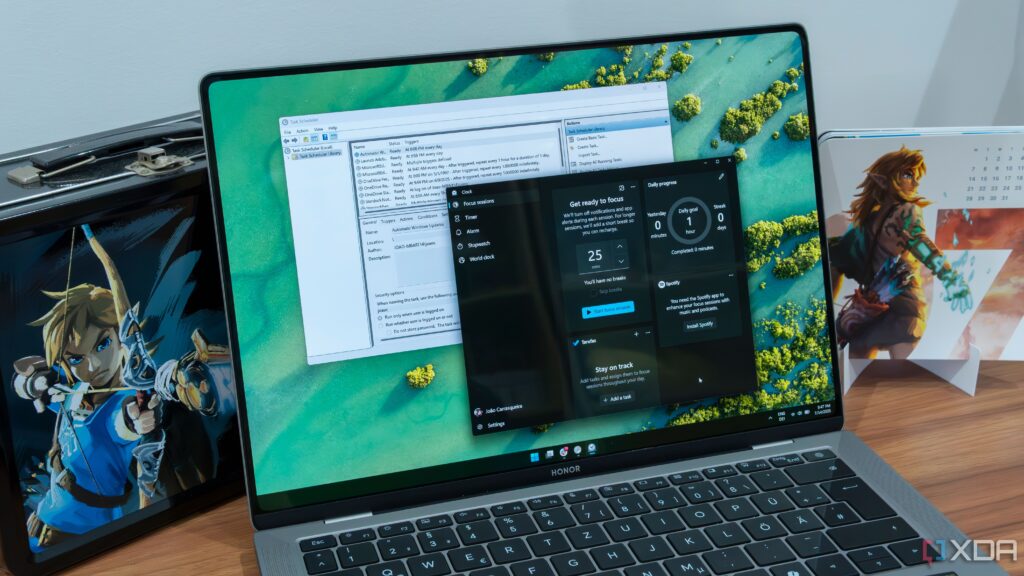
UPDATE: In a significant shift for tech enthusiasts and everyday users alike, the Windows Task Scheduler is emerging as a game-changing tool for automation, offering capabilities that rival popular third-party applications. Just announced, this powerful built-in utility can streamline various processes, from reminders to system maintenance, all without the clutter and cost of additional software.
Why this matters NOW: As users seek efficient solutions to manage their digital lives, the Task Scheduler provides a robust alternative that not only conserves system resources but also eliminates the need for multiple applications. In July 2023, experts highlight the potential of this tool to enhance productivity and reduce software bloat.
Here are six urgent ways to leverage Windows Task Scheduler:
1. Automated Reminders and Notifications: Users are increasingly turning to Task Scheduler to replace traditional reminder applications. By simply creating a basic task, individuals can set triggers for specific times or events, such as meetings synced with Google Calendar. This eliminates the need for apps like Task Till Dawn and ensures reminders remain intact even if other applications are uninstalled.
2. Cleaning and Maintenance Utilities: Instead of relying on third-party cleaning tools like CCleaner, users can set up custom cleanup profiles directly within Task Scheduler. This method offers more control and reduces system strain by scheduling operations like disk cleanup and defragmentation at the OS level.
3. Automated Backups: The Task Scheduler allows users to automate backup processes without the expense of professional software. By scheduling scripts to run tools like Robocopy or xcopy, individuals can ensure their important files are backed up regularly, enhancing data security without the hassle.
4. Script and Command Automation: Task Scheduler empowers users to automate scripts in various programming languages, including PowerShell and batch files. This versatility allows for seamless execution of routine tasks, freeing users from dependence on specialized automation programs.
5. Event-Based Automation: The utility’s capacity for event-based triggers allows users to automate tasks based on system events, such as startup or user logon. This feature can streamline processes like launching applications or running diagnostics, significantly improving user experience.
6. Custom Power Management: By using Task Scheduler, users can automate power management tasks, such as shutdown or restart commands, based on specific conditions. This capability enhances energy efficiency and offers greater control over system performance.
Next Steps: As awareness of the Windows Task Scheduler grows, users are encouraged to explore its capabilities to simplify their digital environment. With the potential to eliminate unnecessary applications and streamline processes, this tool stands out as a must-know for anyone seeking efficiency in their daily computing tasks.
Conclusion: In a world saturated with applications for every conceivable task, the Windows Task Scheduler emerges as an underappreciated ally for users aiming for simplicity and effectiveness. By harnessing its features, individuals can reclaim their systems from the clutter of third-party software, ensuring a more productive and streamlined experience.
Stay tuned for more updates as tech enthusiasts continue to uncover the full potential of Windows Task Scheduler in the coming months.





